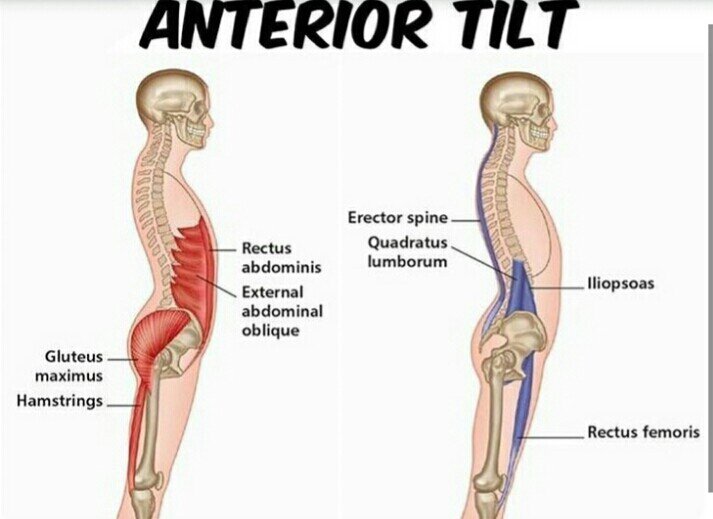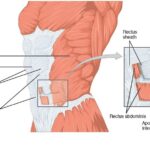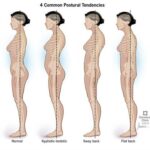Sitting As the New Working Hazard
Many people spend the majority of their day sitting for work and their commute. According to some studies, those that sit 8 hours or more throughout the day see the most impact to their health. Now, with many people working from home, the number of people sitting throughout the day has likely increased. More people today are starting to realize that sitting has become the “work hazard” in a lot of ways, and more workplaces have adopted standing desks. Standing desks can help but it is still important to be moving and not standing in the same place for long periods of time. Physical activity also makes a huge difference, however, some of the muscle imbalances caused by sitting will not improve unless specifically addressed.
What Sitting Does to the Body
Prolonged sitting can change your body mechanics and posture and cause pain in the Cervical, Thoracic, and Lumbar spine. Your Hip Flexors and Hamstrings become shortened because, when in a sitting position, you deactivate your Glutes, while the Hip Flexors and Hamstrings are in a shortened position and Erector Spine (the long back muscles that are on either side of the spine) are over-activated. Doing that for a length of time will change your body mechanics and throw your posture out of balance causing anterior pelvic tilt or, in some cases, posterior anterior tilt, which will have an effect on sports performance and increase the risk of injury.


How to Fix It
Fixing these imbalances can be done with a few yet effective corrections. However, it will require patience; just as those imbalances developed over a long period of time, it will take time as well, with proper corrections, to undo.

Hip Flexor STretch
1. Focus on the easiest part which is prevention: simply be aware of how long you have been sitting and if you are able to, get up and move around every 30 minutes or so which will make a huge difference. Remember that movement is key.
2. Sit in a better neutral position: brace your spine by engaging your Abdominals, externally rotating your shoulders, anchor your feet flat on the ground facing forward, and shins vertical to the ground. This is for neutral positioning and posture but it is still important to move around in your chair to try to change positions positions while still bracing the spine with your Abs tightened and shoulders rotated externally.
3. Reactivate your Glutes: the Glutes are arguably the most important of the muscle groups in the body for athletes because of the power it produces and its job in stabilizing the Pelvis. Try doing Glute activating exercises, such as Glute bridges, and using resistance bands.
4. Stretch out shortened Hip Flexors and Hamstrings.
At Phila Massages, we can further assist with releasing those tightened muscles with massage therapy and assisted stretching. Taking these steps, and with a dose of patience, should have a significant impact on performance and recovery.
References:
- The book: “Becoming a Supple Leopard” by Dr. Kelly Starrett
- https://www.ncbi.nlm.nih.gov/pmc/articles/PMC4483391/
- https://www.ncbi.nlm.nih.gov/pmc/articles/PMC3404815/
- https://www.ncbi.nlm.nih.gov/pmc/articles/PMC4713798/
- https://www.mayoclinic.org/healthy-lifestyle/adult-health/expert-answers/sitting/faq-20058005
Images:
- https://ars.els-cdn.com/content/image/3-s2.0-B9780323544986000084-f08-36-9780323544986.jpg
- https://miro.medium.com/max/1426/1*eJ7XvUHgn1DR1ZNy_Yk_TA.jpeg
This article/video is for educational purposes only; do not attempt without your physician’s clearance. If you are in pain or injured, see your physician.
Copyright © Vidal Sports LLC 2020






